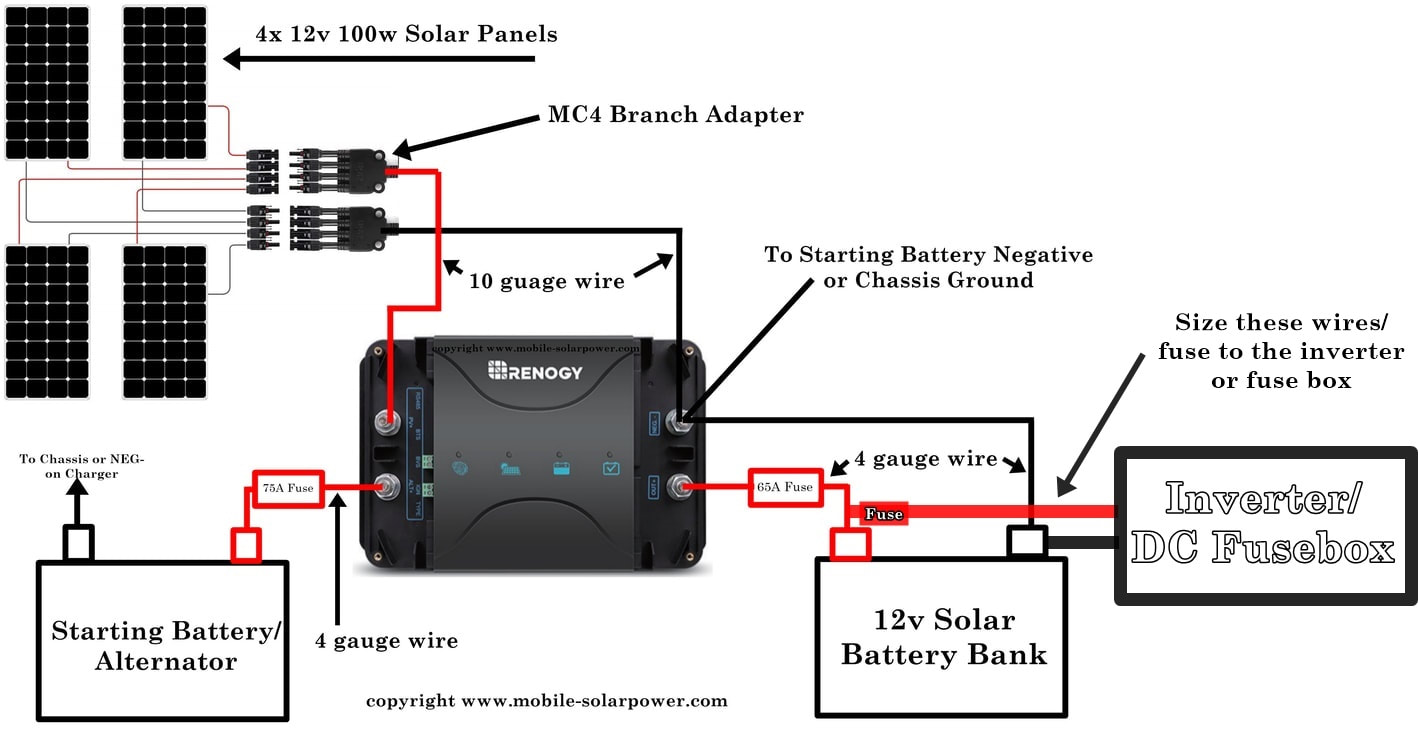3 circuit breakers planned. Sizing is 125% of design max.
1. Coach battery circuit 70Amp
2. Solar controller 70Amp
3. This one is where my question begins.
DC fuse load and 1500w Inverter. What size circuit breaker?
The battery is 280AH, has a 120Amp BMS. Isn't 1500w 125Amps @12v? Do I need to bypass the BMS to run the inverter?
1. Coach battery circuit 70Amp
2. Solar controller 70Amp
3. This one is where my question begins.
DC fuse load and 1500w Inverter. What size circuit breaker?
The battery is 280AH, has a 120Amp BMS. Isn't 1500w 125Amps @12v? Do I need to bypass the BMS to run the inverter?



